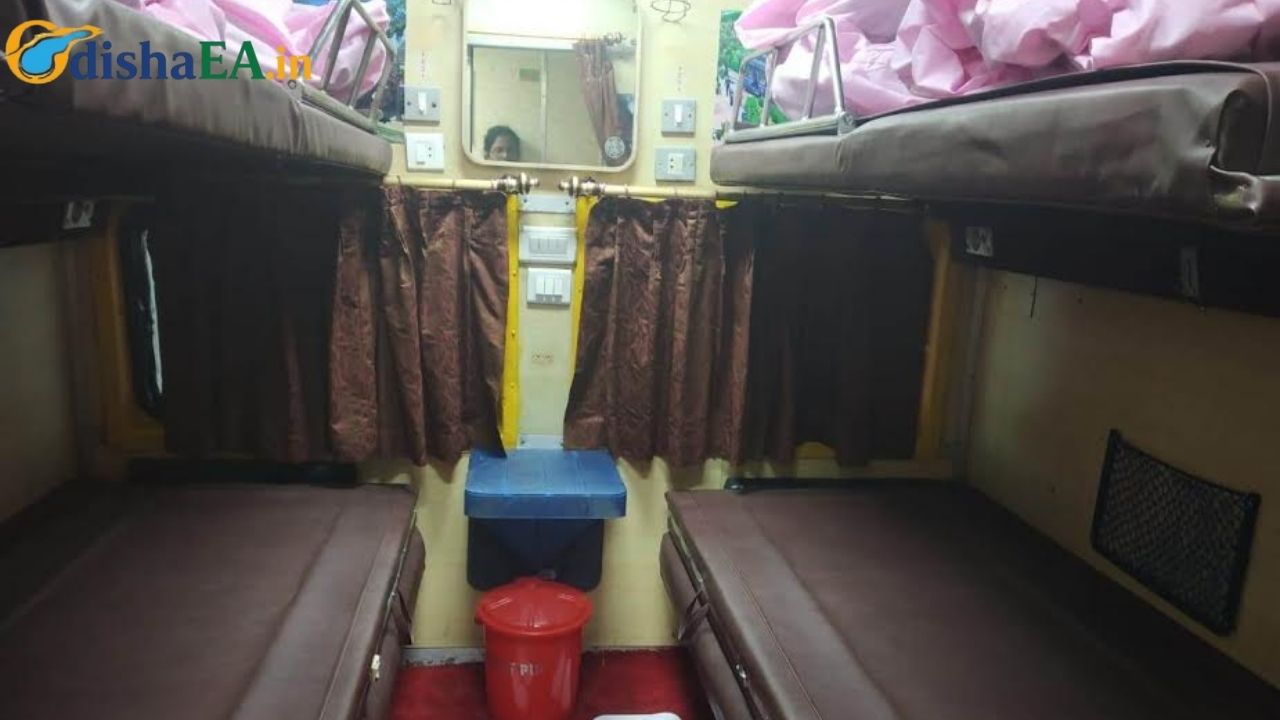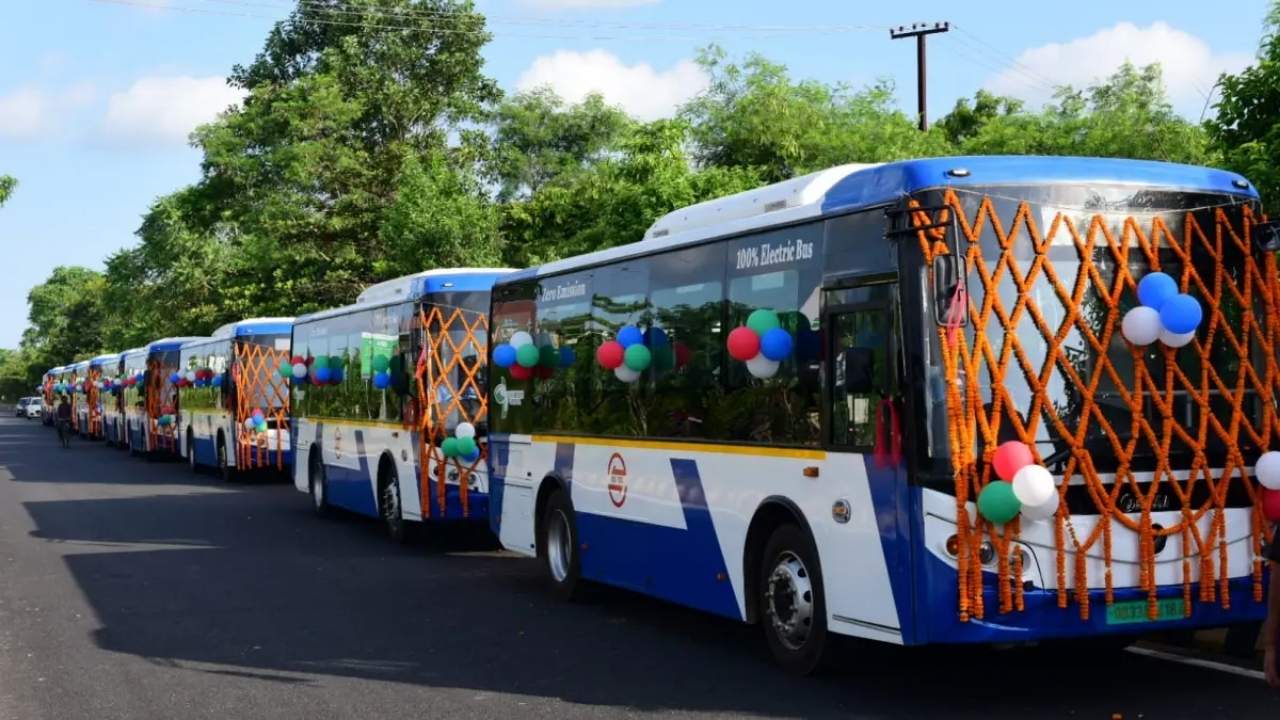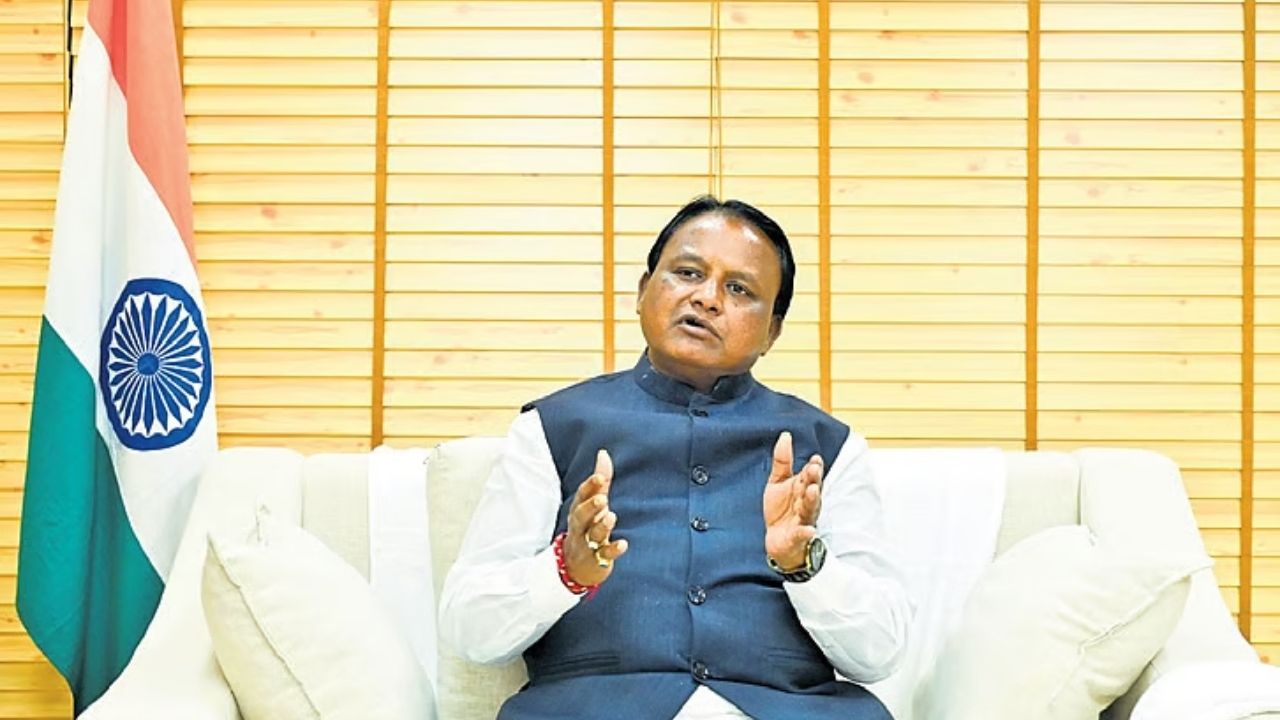The Puri-Durg Express is one of the most well-known trains in India, running daily from Puri to Durg, covering a distance of approximately 797 kilometers. It’s a lifeline for travelers across Eastern India, providing crucial connections between these two cities. But recently, this train, particularly its AC coaches, has become the center of controversy. Passengers have raised alarms about overcrowding in the air-conditioned coaches, sparking calls for immediate action from the Indian Railways.
Overcrowding in reserved coaches, especially in air-conditioned compartments, has been a growing issue on various trains across India. For many, this has been more than just an inconvenience – it’s been a safety concern, a source of frustration, and a clear sign that passenger flow management and ticketing enforcement need to be reassessed. The situation on the Puri-Durg Express is a case study in this ongoing struggle within Indian Railways. While this particular issue is attracting national attention, it’s not an isolated one.
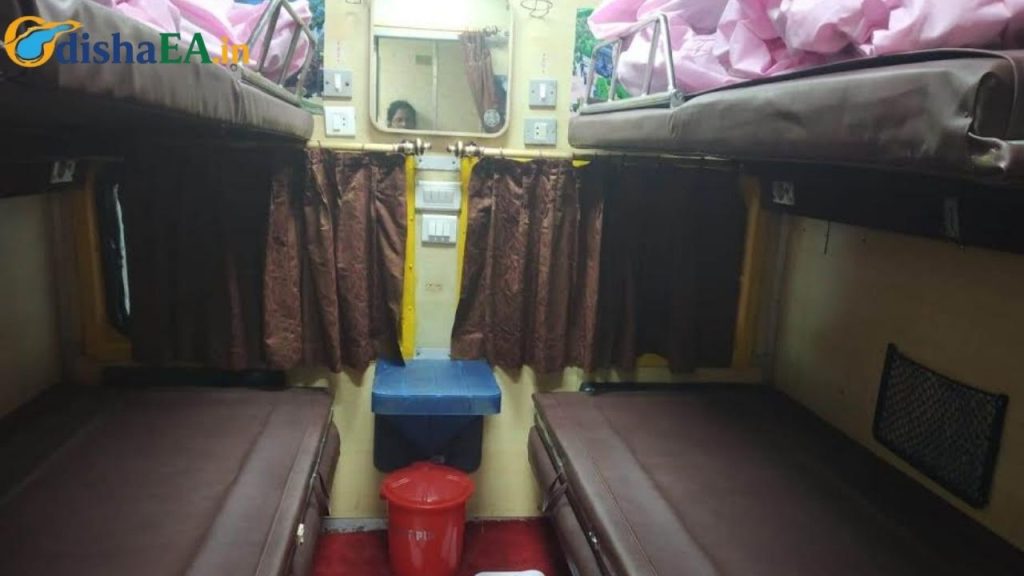
In this article, we’ll dive into the specifics of the Puri-Durg Express AC coach overcrowding issue, provide some insight into how this problem can be solved, and offer practical advice for passengers caught in the mess.
Puri-Durg Express AC Coach Chaos
| Key Fact | Details |
|---|---|
| Train Name | Puri-Durg Express (Train Nos. 18425/18426) |
| Route | 797 km from Puri to Durg |
| Coaches Affected | Air-conditioned (AC) coaches overcrowded with ticketless passengers |
| Passenger Complaints | Overcrowding, lack of seating, ticketless travelers in AC coaches |
| Action from Railways | Slow response from Railway Seva; passengers demand faster action |
| Official Response | Railway Seva requests journey details, but no clear solution yet |
| Railway Reform Suggestions | Stronger enforcement of ticketing and increased awareness |
| Additional Resources | Indian Railways Official Website |
| Related Incident | Sikkim Mahananda Express overcrowding issue at Katihar Station |
The ongoing issue of overcrowding in AC coaches on the Puri-Durg Express underscores the larger challenges of managing India’s railway network efficiently. While the problem persists across several trains, including the Sikkim Mahananda Express, it highlights a crucial need for stricter enforcement, better passenger awareness, and increased resources to ensure a comfortable and safe journey for everyone.
As a passenger, being proactive by booking tickets early, keeping your ticket handy, and reporting issues promptly can help improve the overall travel experience. On the larger scale, it is crucial for Indian Railways to act decisively, so that passengers who’ve paid for premium services like AC coaches are not subjected to the discomfort of overcrowding. With the right reforms, India’s railways can continue to be a reliable and safe mode of transport for millions of people every day.
What’s Going Wrong with Puri-Durg Express AC Coaches?
It all began when passengers started flooding social media with pictures and videos showing overcrowded AC coaches. Passengers who had legitimately paid for AC seats were reportedly left standing, with ticketless passengers taking up valuable seats in these reserved compartments. The situation became so chaotic that it resembled a general compartment, rather than a premium air-conditioned coach.
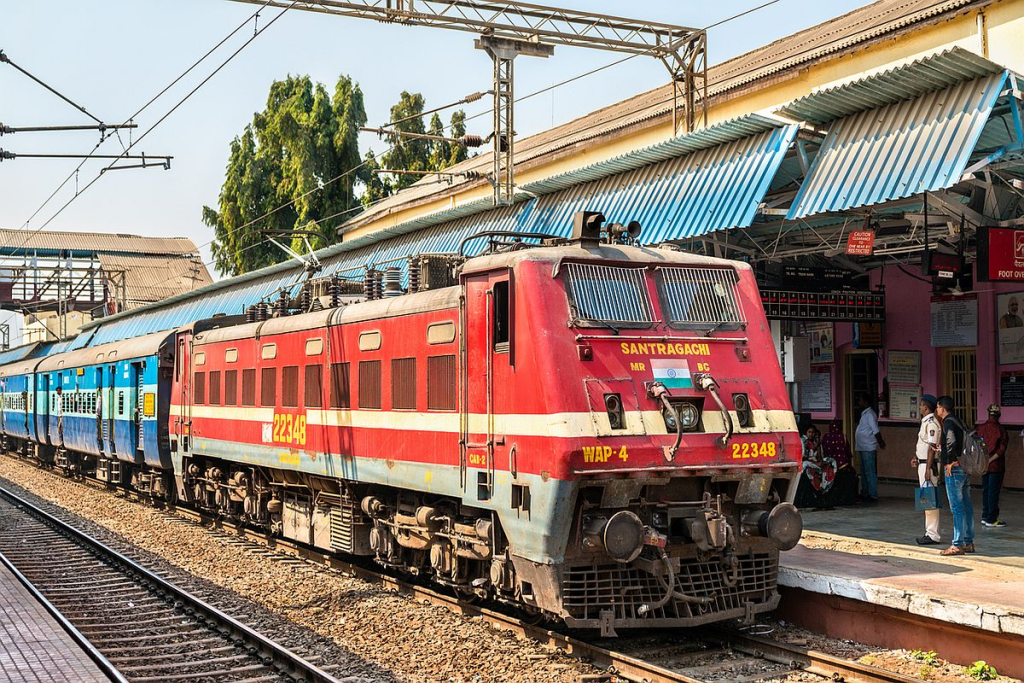
While this issue is not entirely new to Indian Railways, the fact that it’s happening on such a crucial and long-distance train like the Puri-Durg Express has sparked widespread anger. When travelers pay for a reserved seat, they expect comfort, cleanliness, and most importantly, space. However, what many passengers have experienced is far from the ideal. Instead, they were forced to endure the discomfort of being in a packed, poorly managed space, sharing their AC compartment with passengers who hadn’t even bothered to buy a ticket.
This situation has prompted an outcry from the public, with calls for the Indian Railways to take immediate corrective measures. Many passengers have highlighted the lack of enforcement of ticketing rules as the core problem. While the Railway Seva has responded to some complaints by asking passengers for journey details, many report that no significant action has been taken to resolve the issue on the ground.
Why This Issue is Bigger Than Just One Train
Although the Puri-Durg Express is getting a lot of attention right now, this issue is not unique to just this train. Overcrowding in reserved coaches, especially AC coaches, has been a persistent issue across the country. The Sikkim Mahananda Express, for example, also faced similar overcrowding problems, where unreserved passengers flooded the AC compartments, leading to an outcry from those who had paid for reserved tickets.
According to a report from Economic Times, incidents like these occur more frequently during busy travel seasons, like festival periods or holidays, when trains are at full capacity. However, they also happen during regular times when enforcement of ticketing rules becomes lax, and there is a general lack of awareness among passengers about the importance of buying valid tickets.
The Bigger Picture: Challenges of Managing Train Crowds
Managing a massive railway network with thousands of trains and millions of passengers every day is no small task. Yet, this ongoing issue reveals deeper flaws in the system that affect passengers’ safety, comfort, and overall travel experience. Here are a few key points that contribute to overcrowding in reserved coaches:
1. Lack of Enforcement on Ticketing
Indian Railways needs to crack down on ticketless travel. Passengers who don’t purchase valid tickets can often slip past checkers or simply occupy reserved compartments without facing any consequences. Stricter ticket checks and train attendants who can handle such situations promptly could greatly improve the passenger experience.
2. Inadequate Capacity
While Indian Railways is expanding its network, the sheer volume of passengers often exceeds the capacity of many trains, especially during peak times. Adding more AC coaches could help, but it may also need better resource allocation and planning to ensure smoother operations.
3. Systemic Issues in Passenger Awareness
Many passengers don’t fully understand the importance of respecting reserved compartments, while others may feel justified in boarding a reserved coach without a ticket due to lack of enforcement. Passenger education through campaigns about the value of reserved seating and consequences of violating ticketing rules could reduce some of this issue.
Practical Advice for Passengers on the Puri-Durg Express
If you’re planning to travel on the Puri-Durg Express or any other train, here are some tips to ensure you don’t end up in a chaotic situation like the one described:
1. Always Book Your Tickets Early
This may seem obvious, but booking your tickets well in advance ensures that you’ll have a reserved seat. Use online platforms like the IRCTC website or mobile apps to book your tickets with ease.
2. Keep Your Tickets Handy
Make sure you always carry a printed copy or an e-ticket on your phone. This will not only save you time during checks but also help railway authorities identify any discrepancies.
3. Report Overcrowding Immediately
If you experience overcrowding or notice ticketless travelers in your AC coach, don’t hesitate to raise the issue. Call Railway Seva or use the National Train Enquiry System (NTES) to report your complaint and ensure your concerns are addressed.
4. Stay Updated on Train Schedules
Always stay updated on train schedules and platform changes, as sometimes train timings and platform allocations are modified at the last minute. This will help you avoid unnecessary stress when boarding.
Odisha’s Railway Network Expands: New Train Stoppages to Begin from September 1
Rourkela-Howrah Vande Bharat Gets Massive Upgrade: Double the Coaches, Double the Comfort!
Vizianagaram Train Derailment Triggers Major Rail Chaos: Officials Scramble to Restore Normalcy
FAQs
Q: What causes overcrowding in reserved coaches like the AC compartment?
A: Overcrowding in reserved coaches occurs mainly due to ticketless travel, where passengers board without a valid ticket. This is further exacerbated during busy travel seasons or peak hours when the number of passengers exceeds the coach capacity.
Q: How can I report overcrowding issues?
A: You can report overcrowding or any issue directly to Railway Seva or use the National Train Enquiry System (NTES) app. Both platforms allow passengers to file complaints about such problems.
Q: Will Indian Railways take action against ticketless passengers?
A: While Indian Railways has systems in place for ticket verification, enforcement of these systems could be improved. Strict monitoring and penalties for ticketless passengers may help reduce overcrowding in reserved coaches.

